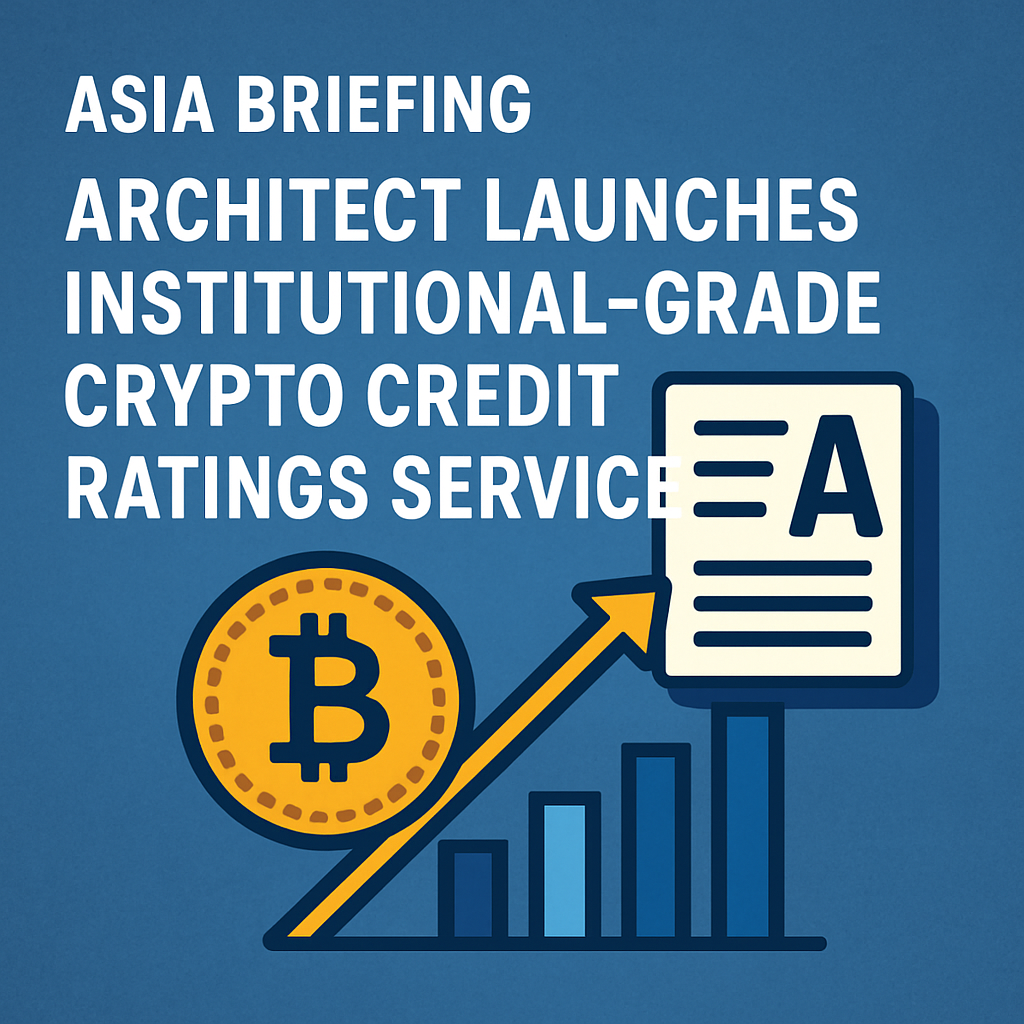Architect today unveiled a pioneering credit rating service designed specifically for the cryptocurrency sector, emulating the role of established agencies like Moody’s in traditional finance. The platform employs proprietary on-chain analytics and historical performance metrics to assess counterparty risk, focusing on entities such as bitcoin miners and Decentralized Physical Infrastructure Networks (DePIN). By systematically evaluating transaction histories, stake commitments, and governance participation, the service generates ratings that reflect default probabilities, liquidity risk, and operational soundness.
In a briefing, Architect emphasized that conventional underwriters have largely eschewed crypto due to data opacity and anonymous participant structures. The new service aggregates on-chain data, public filings, and network telemetry to overcome these hurdles. Ratings are expressed on a standardized scale with accompanying commentary on model assumptions, enabling lenders and investors to benchmark credit exposure against established risk parameters. The framework supports various debt instruments, including secured loans, revenue-sharing agreements, and synthetic debt tokens.
Early pilot programs with select bitcoin mining companies demonstrated the service’s capacity to reduce collateral demands by as much as 30%, as lenders gained confidence in transparent risk profiles. In parallel, DePIN operators have received term sheets for multi-year financing facilities with interest rates competitive to traditional infrastructure financing, thus avoiding forced asset sales during price downturns. Architect plans to expand coverage to decentralized exchanges, non-fungible token lending pools, and tokenized real-world asset vehicles as the ecosystem matures.
By bridging the gap between digital asset markets and conventional credit markets, the rating service aims to attract institutional-grade capital into crypto sectors that historically relied on equity or spot-based financing. The introduction of credit-backed debt products could diversify liquidity sources, enable more sustainable project roadmaps, and smooth market cyclicality. Looking ahead, Architect is exploring partnerships with global custodians, prime brokers, and regulatory bodies to standardize disclosure frameworks and rating criteria, fostering broader adoption and regulatory acceptance. This development marks a significant step toward establishing robust financial infrastructure in the Web3 era.

Comments (0)